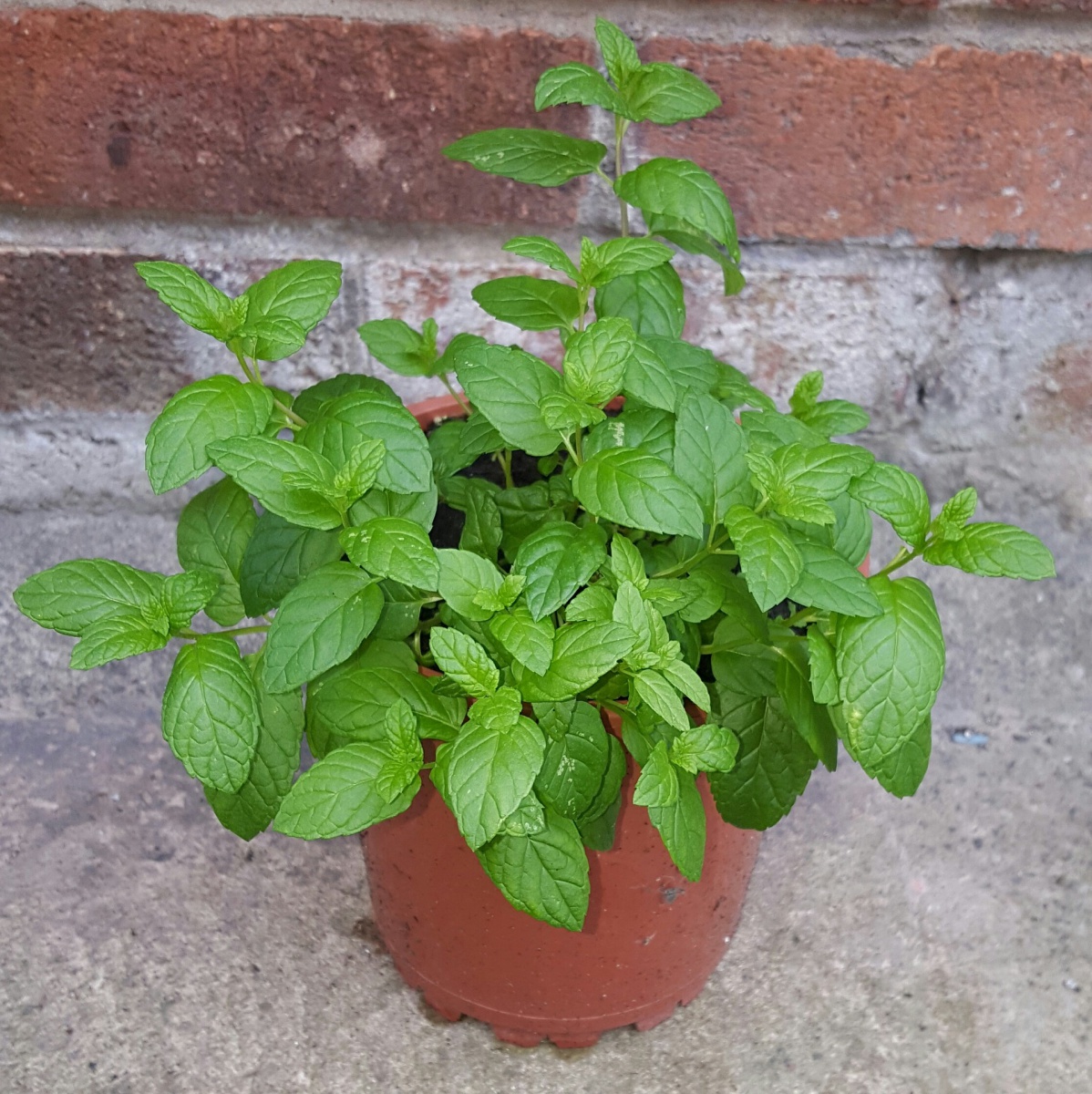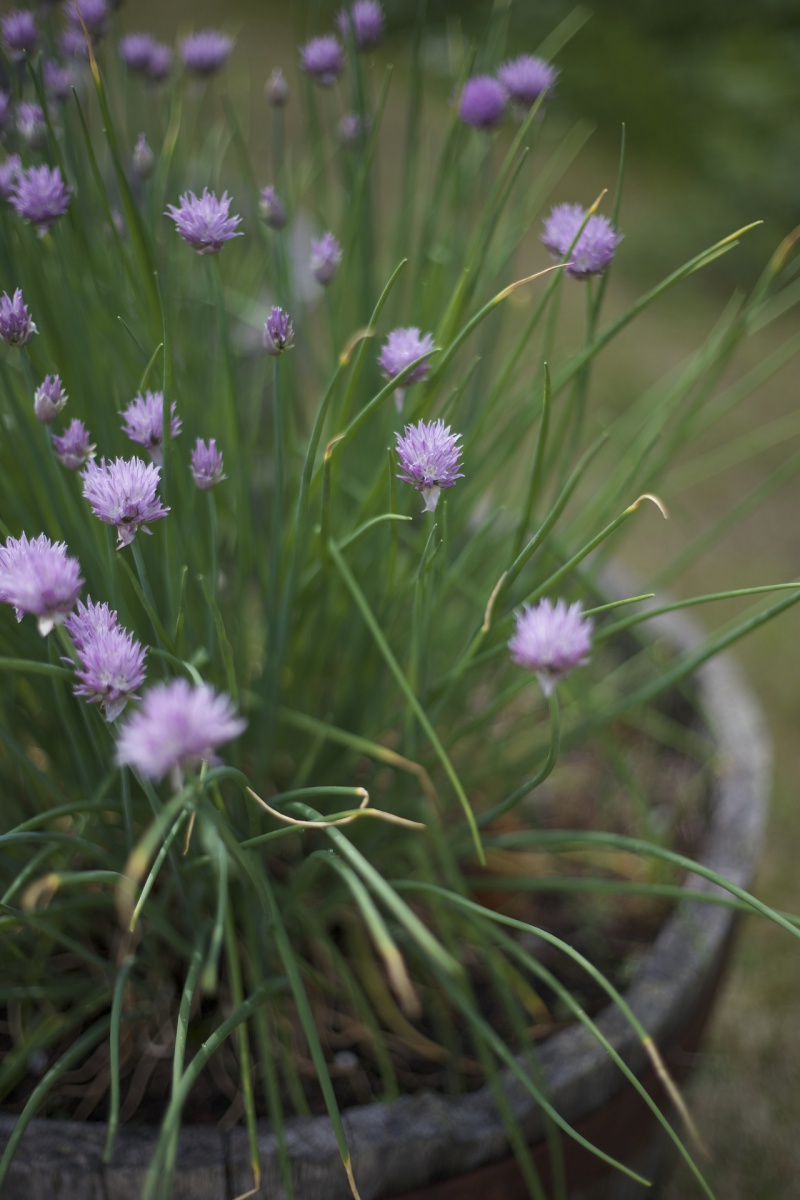Growing vegetables in containers is an enjoyable and easy way of producing fresh food in limited space. Containerized plants can be kept indoors in bright light or outdoors on a patio, balcony, or doorstep - anywhere the plants will receive at least 6-8 hours of direct sunlight and sufficient water.
Containers
A wide variety of containers is suitable for vegetable production. Be sure to provide adequate drainage. Avoid containers that might contain toxic substances, e.g., treated wood or plastic buckets that may have stored chemicals.

Satisfactory containers include plastic or fiber nursery pots; wooden bushel baskets; plastic, metal or wooden buckets; milk cartons - even plastic bags and recycled cardboard boxes. If necessary, drill holes along sides near the bottom and put a ½ inch layer of coarse gravel in the bottom of each container for proper drainage.
Soil
A lightweight soil that holds nutrients and moisture, yet drains well, is essential for good results. Garden soil is too heavy for use in containers. Soil substitutes consisting of mixtures of peat moss and sand or perlite or vermiculite, amended with lime and fertilizer, work very well. One good recipe includes 1 bushel each of vermiculite and peat moss, 1¼ cups of dolomitic lime, ½ cup 20% superphosphate and 1 cup 5-10-5 fertilizer. A mixture like the one above may be used straight or mixed one-to-one with a good garden loam or finished compost. An organic alternative is equal parts of vermiculite, peat moss, and high quality compost; with 0.6 oz blood meal, 0.4 oz rock phosphate, and 0.4 oz greensand added to each gallon of potting mix.
Soilless mixes can be very dry and difficult to wet. Therefore, soak the mix with water at least a day before using to insure adequate moisture absorption.
Planting
Consider the size and shape of the mature plant when sowing seed or transplanting vegetables into a container. Thin seedlings or space transplants so the outer leaves of mature plants will just touch those of their neighbors.
Varieties
Though almost any vegetable can be grown successfully in containers, varieties of the “miniature” or “bush” type are best suited for container gardening. Because most container gardens are “kitchen gardens” whose harvests are intended for eating fresh (rather than freezing or canning), choose varieties that mature their crop gradually, to provide continuous harvests over a long season.
Sown into large boxlike containers and provided with adequate fertilizer and water, almost any variety of “cut and come again” crops, such as mesclun salad mixes, spinach, Swiss chard and arugula can be cut every few days, providing bountiful salads and cooking greens over a long period. Space the plants only a couple of inches apart in the container and harvest individual leaves as soon as they reach edible size. To get continuous harvests of fast-growing crops like many herbs (cilantro, basil) and greens (lettuce, arugula, etc.), make new plantings every 3-4 weeks.

Care
Most vegetables require full sunlight, at least six hours a day. Leafy vegetables (herbs, lettuce, spinach, Swiss chard, cabbage) can tolerate less light than fruiting crops (tomatoes, peppers, cucumbers, eggplants, melons).
Because soil in containers tends to dry quickly, frequent watering is critical. Water thoroughly when soil dries to depth of 1/4 inch. Frequent watering washes salts from the soil mix and keeps it cool, preventing root injury.
Adding up to 50% compost to the potting mix before planting will provide some nutrients to get plants off to a good start. Once the plants have been growing for 3-4 weeks, then add liquid or water-soluble fertilizer once a week at dilute concentration (e.g., 1 ounce of 20-20-20 per 4 gallons of water, or 1-2 tablespoons of fish emulsion per gallon of water). Slow-release fertilizers can be incorporated into the potting mix or added during crop growth; a slow-release fertilizer applied at the recommended rate need be applied only once.
Crops that grow rapidly or bear fruit often become top-heavy. Stake them to prevent stem damage. Provide stakes or trellises for vining plants.
Extending the Growing Season
Container gardeners can extend the harvest season of many tender vegetables for several weeks by covering plants or moving them indoors when frost threatens. Some crops may even be carried through the winter indoors if plants receive adequate light.
Download the Resource for the complete fact sheet.
